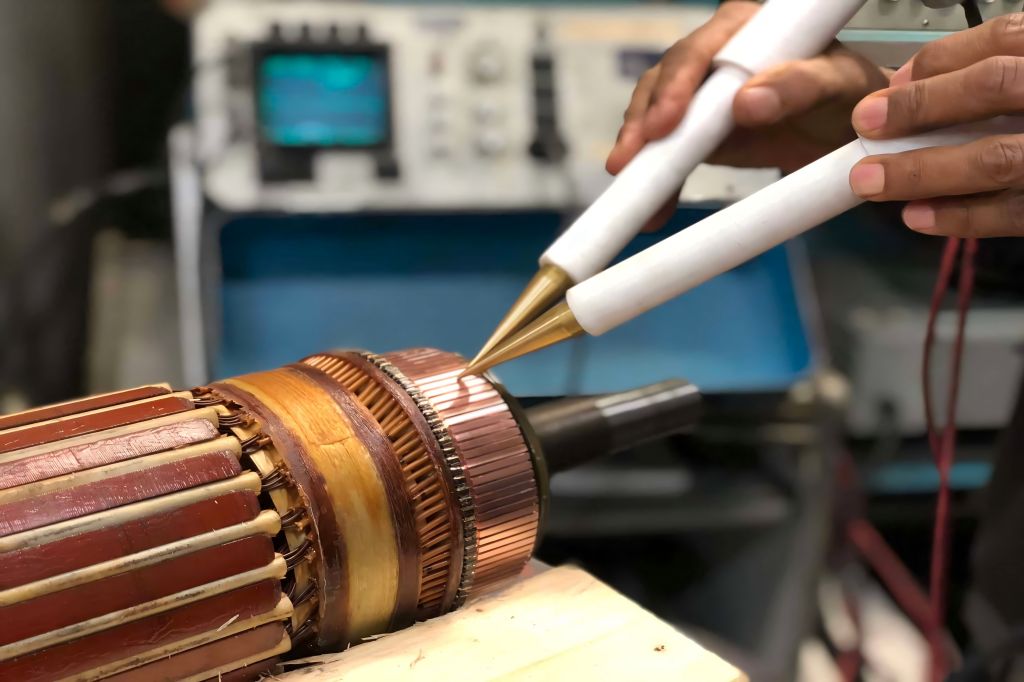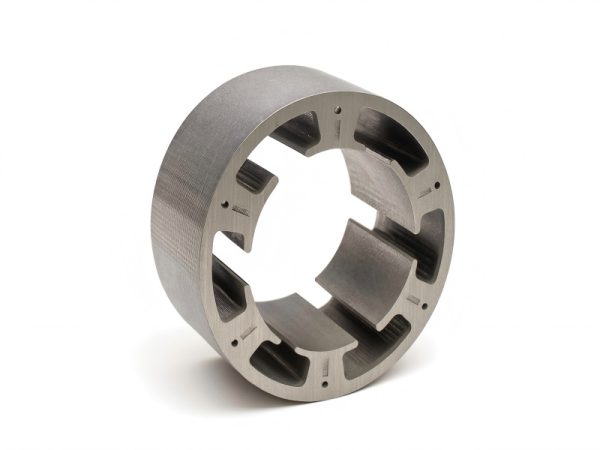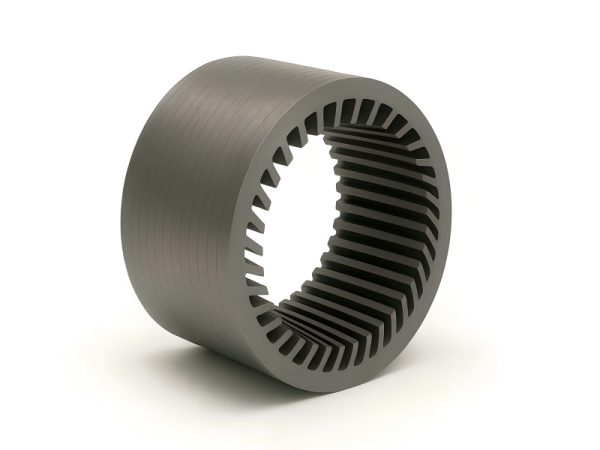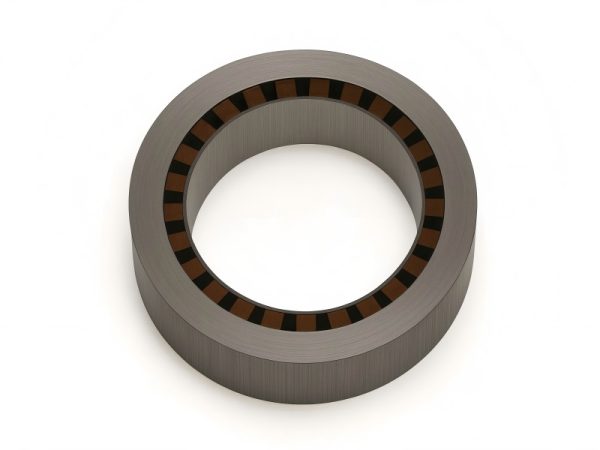Ensuring the health of motor stators is essential in keeping industrial systems reliable and efficient. Even minor issues can escalate into critical failures, so accurate and timely testing methods are key to avoiding costly downtimes.
In this article, we explore the top five testing methods used to evaluate motor stators across industries. These methods help identify insulation faults, winding defects, and core problems, critical to the safety and efficiency of electric motors.
1. Insulation Resistance Testing (IR)
Insulation Resistance Testing is one of the most fundamental diagnostic tools for motor stators. It measures the resistance between a stator winding and ground, assessing insulation health by identifying contaminants, moisture, and degradation.
Using a megohmmeter, a DC voltage (typically 500V–5000V) is applied, and resistance is measured in megohms (MΩ). High resistance indicates effective insulation, while low resistance reveals potential issues.
When and Why It’s Used
- Routine maintenance across industrial sectors
- Pre-start checks after installation or repair
- Early failure detection due to water ingress or contaminants
| Pros | Cons |
| Simple and quick to perform | Cannot detect turn-to-turn faults |
| Cost-effective and widely used | Results affected by temperature and humidity |
| Suitable for routine maintenance and pre-start checks | Only detects insulation-to-ground issues |
2. Surge Comparison Testing
Surge testing is ideal for identifying turn-to-turn insulation failures that other tests often miss. It applies high-voltage pulses to windings and compares the waveforms between windings or to a reference.
Differences in waveform shape indicate insulation weakness or coil imbalance.
When and Why It’s Used
- Quality control in OEM production
- Rewinding validation in repair centers
- Predictive maintenance on critical motors
| Pros | Cons |
| Highly sensitive to turn-to-turn insulation faults | May overstress insulation if improperly applied |
| Effective for early failure detection | Requires skilled waveform interpretation |
| Ideal for quality assurance in motor manufacturing and rewinding | Not suitable for frequent or online testing |
3. Polarization Index (PI) Testing
The Polarization Index test evaluates the dielectric absorption of insulation over time, offering a deeper understanding than a one-time IR reading. It is particularly effective for detecting contaminants or aging insulation.
Resistance is measured after one and ten minutes of applying a DC voltage. This is how the PI ratio is computed:
- PI is equal to IR at 10 minutes divided by IR at 1 minute.
- A value of 2.0 or higher suggests good insulation quality.
When and Why It’s Used
- On large or high-voltage motors
- After long-term storage or environmental exposure
- For motors exposed to corrosive atmospheres
| Pros | Cons |
| Detects aged insulation, moisture, and dirt. | Takes at least 10 minutes to perform |
| More informative than a single insulation resistance test | Results affected by environmental factors |
| Non-destructive and easy to repeat | Less useful if insulation is uniformly degraded |
4. Partial Discharge (PD) Testing
Partial Discharge Testing detects microscopic electrical discharges that occur in voids, cracks, or contaminated areas within the stator insulation. These are early signs of insulation deterioration.
PD can be conducted offline (de-energized) or online (in-service) and involves applying voltage and monitoring the emitted high-frequency pulses or acoustic signals.
When and Why It’s Used
- High-voltage equipment in critical operations
- Continuous monitoring in substations, power plants, and wind turbines
- Commissioning and routine evaluations
| Pros | Cons |
| Identifies early-stage insulation defects | High equipment and setup cost |
| Operates in both online and offline environments. | Sensitive to electrical and environmental noise |
| Enables predictive maintenance and long-term monitoring | Requires expertise to interpret and localize faults |
5. Core Loss Testing (EL-CID)
Core Loss Testing assesses the stator core’s structural soundness and magnetic performance. It helps identify shorted laminations, which increase energy losses and cause hot spots.
Using methods like EL-CID, a low-voltage AC signal is applied while a scanner detects stray flux or abnormal heating patterns in the laminations.
When and Why It’s Used
- After disassembly during motor rewinds
- Before reassembly of repaired motors
- In OEM quality assurance
| Pros | Cons |
| Detects shorted laminations in the stator core | Requires access to the bare stator |
| Non-invasive and safe | Can only be performed offline |
| Ensures core integrity before rewinding | Time-consuming for large machines |
Trends in Motor Stator Testing
As industrial operations move toward predictive maintenance and digital transformation, stator testing is evolving too:
Integrated Smart Diagnostics
Modern test equipment combines IR, PI, and surge testing in one device, streamlining workflow and improving accuracy.
Cloud and IoT Connectivity
Wireless-enabled testers allow data to be transmitted to centralized monitoring platforms. Maintenance teams can review performance trends remotely.
AI and Machine Learning
Artificial intelligence is being used to analyze PD patterns, predict insulation life, and recommend maintenance actions.
Online Condition Monitoring
Sensors embedded in motors can now monitor temperature, vibration, current imbalance, and discharge activity continuously, allowing condition-based servicing rather than time-based intervals.
Conclusion
Industrial motor stators require careful testing to ensure longer life, better safety, and higher efficiency. The five key methods—Insulation Resistance, Surge Comparison, Polarization Index, Partial Discharge, and Core Loss Testing—each offer unique insights.
No single test is enough on its own, but combining them based on motor type and environment provides a complete assessment. A layered testing approach helps industries maintain reliability and prevent costly failures.







